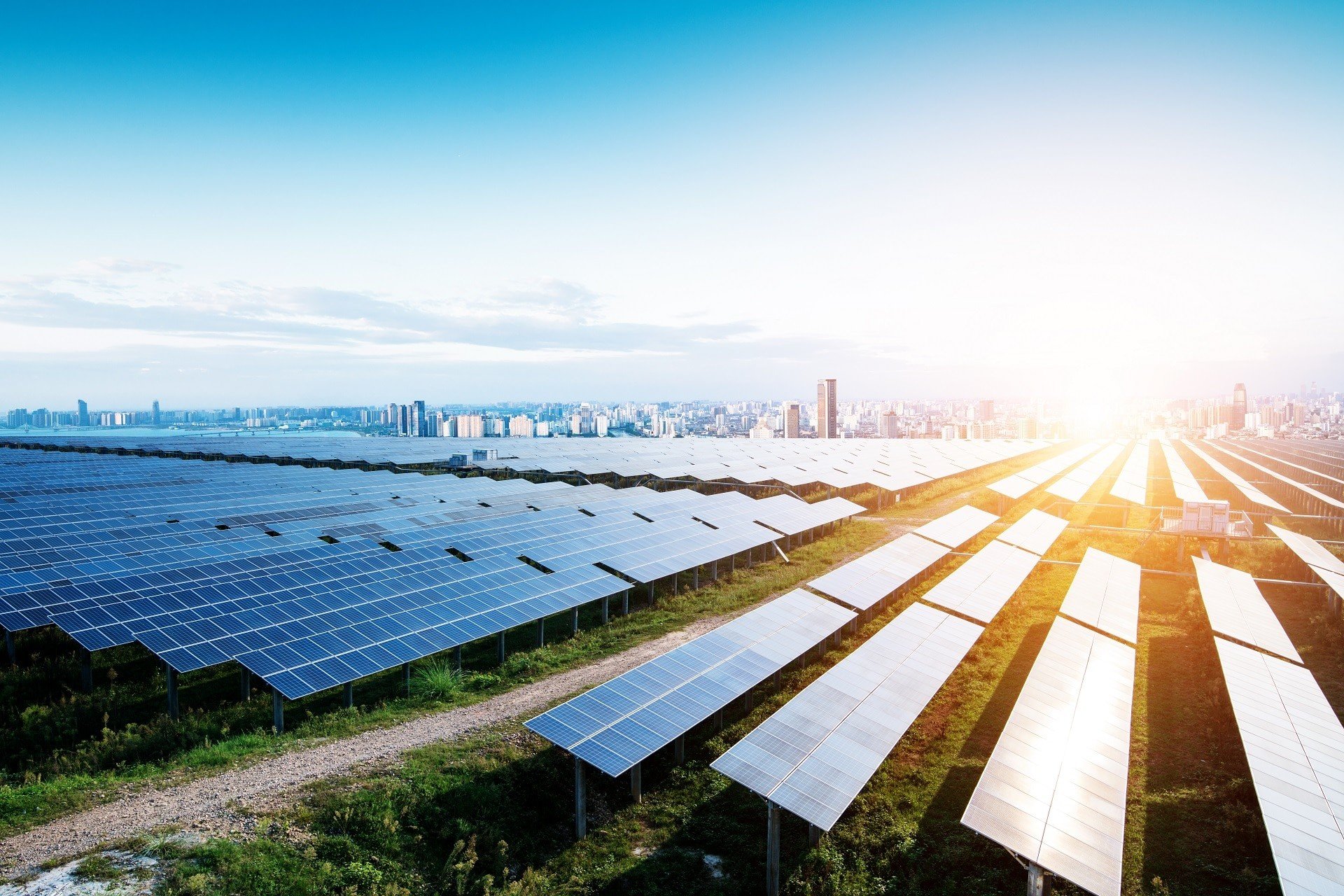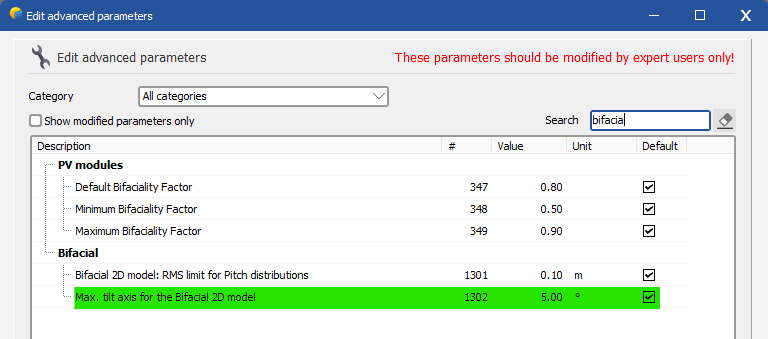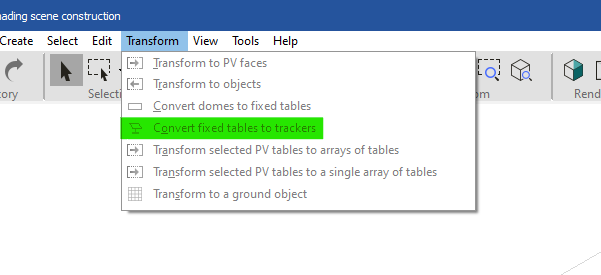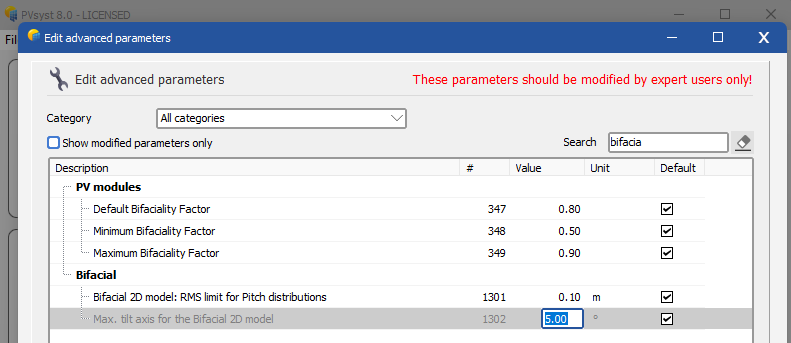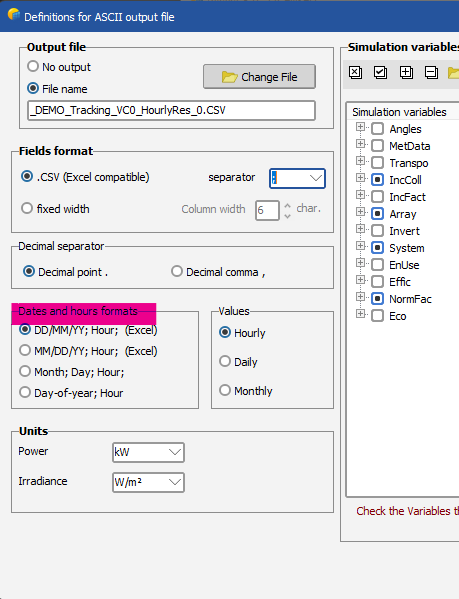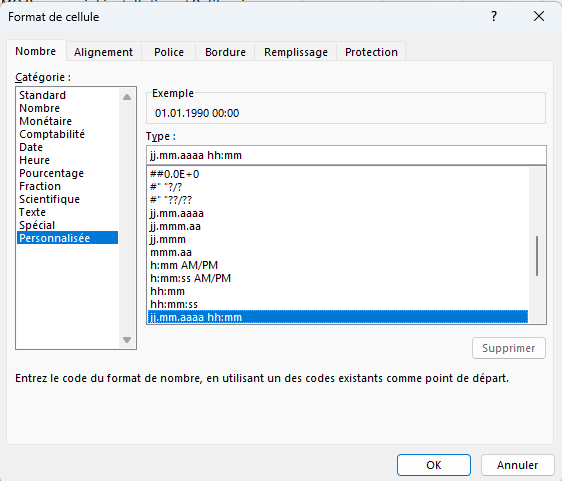-
Posts
785 -
Joined
-
Last visited
Everything posted by Michele Oliosi
-
Indeed, I have also been able to see confirm this on my side. I have added this to our internal discussion keypoints. We are working on another correction for 8.0.12 which depends on the number of rows. I think this will improve the noise that you see for low number of rows.
-
Unfortunately, I do not think there are sufficient studies on the aging of these types of modules for us to conclude on new guidelines on the dispersion of the aging. One way would be to contact manufacturers directly about that. In general, I would advise taking a conservative approach, and leave the default values when unsure. I personally would go on with the 0.4% by default.
-
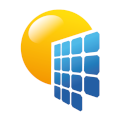
Different results between Simulation and batch simulation
Michele Oliosi replied to nicolasrata's topic in Problems / Bugs
@nicolasrata indeed I think you have answered correctly here. -
Hi @smeredith sorry for the late response, and thanks for reviving this thread. I have made a ticket we will be looking into this possible issue soon.
-
Why do you divide by two ? I am not sure I am following. No, Imp RMS dispersion are not comparable to a degradation factor. You should first translate into a degradation of the Pmpp. This is done stochastically by PVsyst. The following is really important remark. In PVsyst we consider that the warranty is not equal to the actual degradation ! Therefore what you enter under "Module warranty" has no impact on the simulation. If you want to model the unrealistic scenario in which modules age according to the warranty, then my advice is the following. Simply enter 0.35% per year as average degradation factor, 0% for both RMS dispersions, and put 1% in LID loss (in the tab "Module quality - LID - Mismatch") (almost the same as you did in the screenshot). The lower warranty on the first year is often times due to the LID.
-
The degradation in PVsyst compounds the average degradation rate, and the fact that there is an RMSD in this degradation rate. The worse possible degradation rate is therefore AVG + 2*RMSD. A warranty is in principle below the worst case (because manufacturers need to play safe with these numbers). Therefore, you could estimate an upper limit for the degradation model by saying: WARRANTY > AVG + 2*RMSD (PMPP degradation). Note that given the first year degrading differently, this is not entirely correct. I also note that this warranty seems too good. But in this case, I do not think you should set "Vm RMS dispersion be set to 0.35/2 = 0.175 %".
-

Array of trackers 3D scene defining N-S & E-W slopes
Michele Oliosi replied to JamesLenton's topic in How-to
@JamesLenton indeed, and glad that it worked ! -
@SPdesai Sorry it seems there was a wrong sign in my answer above. I have corrected it. The sign is positive. We are adding it back, indeed. Indeed, we expect that the rear POA sensor will not be shaded (mostly) by mounting structures or cables.
-

Array of trackers 3D scene defining N-S & E-W slopes
Michele Oliosi replied to JamesLenton's topic in How-to
Hi ! Indeed, currently the backside and reflected irradiance modeling is quite picky. The idea is that the geometry it assumes is that of trackers on flat ground. The discrepancy between 3D scene and backside irradiance model therefore leads to this message, to warn users of the possible inaccuracy. However, there is no alternative model, and the approximation of flat ground is not too bad if the slope is only 5°. In other words: You can change an advanced parameter to ignore the axis tilt message: Home window > Settings > Edit advanced parameters: I think a good way currently is to build fixed tilt structures first and then use the "transform to trackers" option: This will ensure that you can use the row-to-row slope options which are available for fixed tilt arrays (if I am not mistaken). -
Pnom without temperature correction means nominal power, and not maximum power. So in your example it is relative to 320kW.
-
@NGS In case you have a warning due to the average axis tilt not being horizontal: you can override this error in the following way. Home window > setting > Edit advanced parameters: Note that this is only forcing PVsyst to proceed, but the backside irradiance model is still modeling things with a zero axis tilt (which generates a discrepancy with the actual orientation, and means there will be some uncertainty in the results).
-

PVsyst v6: Inconsistent Date Format in Hourly Output .CSV File
Michele Oliosi replied to kjs55's topic in Problems / Bugs
If you can, let us know what you find that would be great. -

PVsyst v6: Inconsistent Date Format in Hourly Output .CSV File
Michele Oliosi replied to kjs55's topic in Problems / Bugs
Hi, It's more likely a problem of compatibility of the PVsyst output with the regional format on your Excel/Windows installation. In PVsyst you can try changing the format and see if anything helps There are also more options on Excel, but I'm no expert there: -

Degradation in the First Year with LID losses
Michele Oliosi replied to Tanatip's topic in Simulations
If you follow Daniel's latter examples (1-0.4)/2 = 0.3%? Indeed here you would assume that the loss increases to 0.6% in one year so on average during the first year it is about half of that. But I am not sure if this assumption is good for all cases of LID. The value is certainly between (1-0.4/2) = 0.8% LID if it occurs during the first few hours, or 0.3% if you interpret the first year degradation value as a linearly increasing function without any further assumption. I would tendentially use the more conservative estimate of 0.8% LID. -

No import of meteo data, after selected and confirmed location
Michele Oliosi replied to Toni's topic in Meteo data
Hi, which version of PVsyst are you on ? This might be corrected by updating. -

Domes Simulation. How Pvsyst makes the domes simulation?
Michele Oliosi replied to Jorge Cobra's topic in Simulations
No, there is a problem with the components BeamInc, CircInc, etc. That's why the sum does not work. GlobInc is unaffected. -

Domes Simulation. How Pvsyst makes the domes simulation?
Michele Oliosi replied to Jorge Cobra's topic in Simulations
No, this is correct I think. Since this is GlobInc, not affected by the bug. -
Hi, this is likely because of the diffuse shading losses calculation. In version 7.4.8, you can check the details from the 3D scene window > Tools > Trackers diffuse shadings definition. If it is automatic, there is a chance that by ungrouping, PVsyst picked a representative tracker for the calculation (see the “central tracker” choice), which is not really representative. (2% losses is more realistic !) See https://www.pvsyst.com/help-pvsyst7/tracking_diffuse.htm or https://www.pvsyst.com/help/project-design/shadings/calculation-and-model/diffuse-losses-with-tracking-systems.html for the v8 help.
-

Domes Simulation. How Pvsyst makes the domes simulation?
Michele Oliosi replied to Jorge Cobra's topic in Simulations
Only the intermediate results are incorrect (...Trp, BeamInc and CircInc), the other results including the final production are correct already. -

Domes Simulation. How Pvsyst makes the domes simulation?
Michele Oliosi replied to Jorge Cobra's topic in Simulations
There was a bug that prevented variables ...Trp, BeamInc and CircInc from accumulating properly for a multi-orientation situation. We will update this for version 8.0.8.

